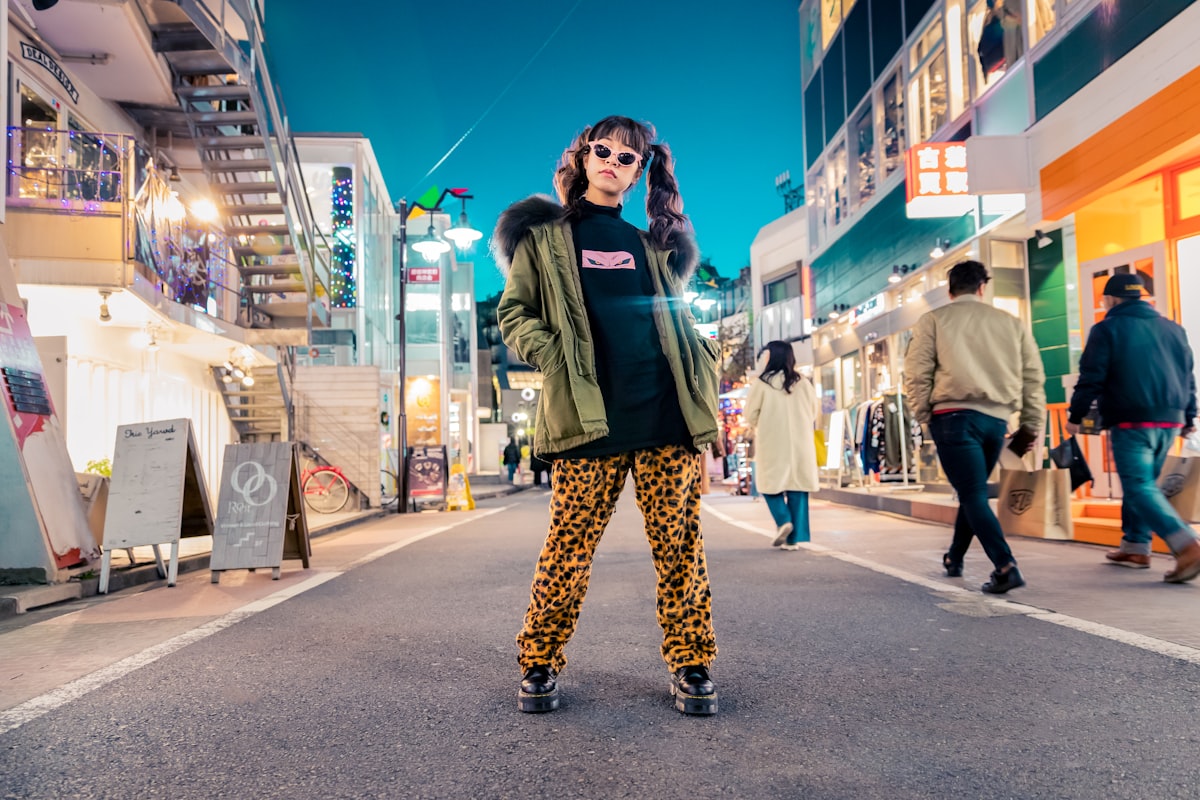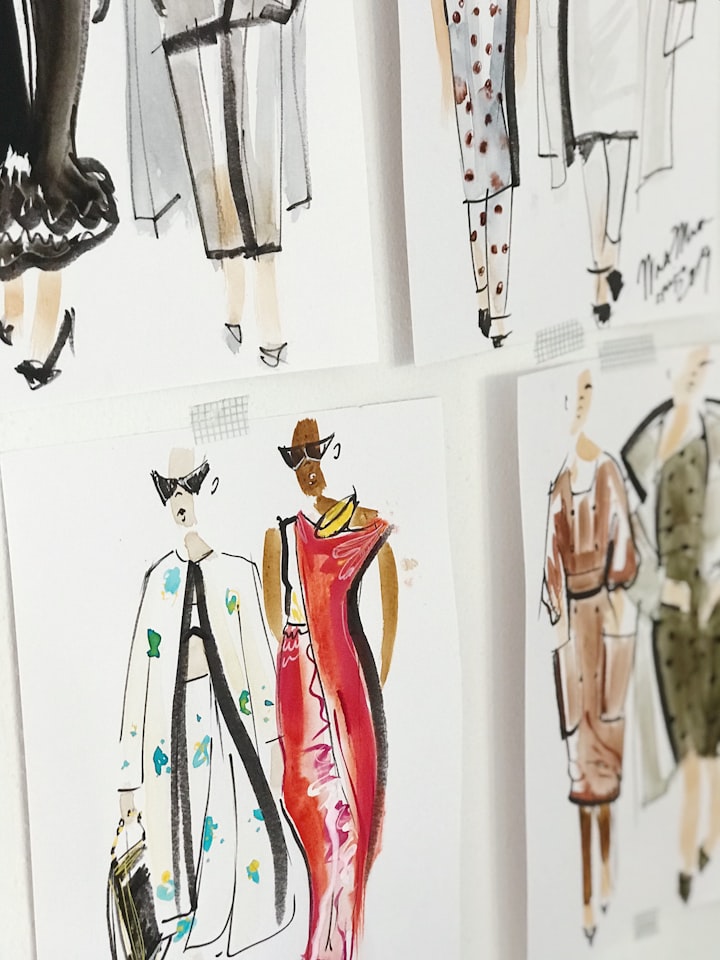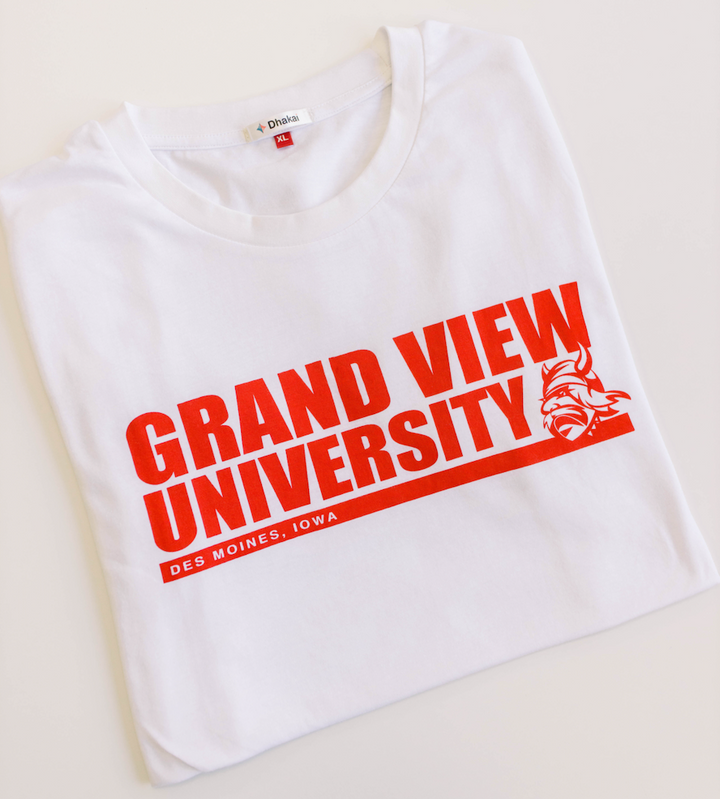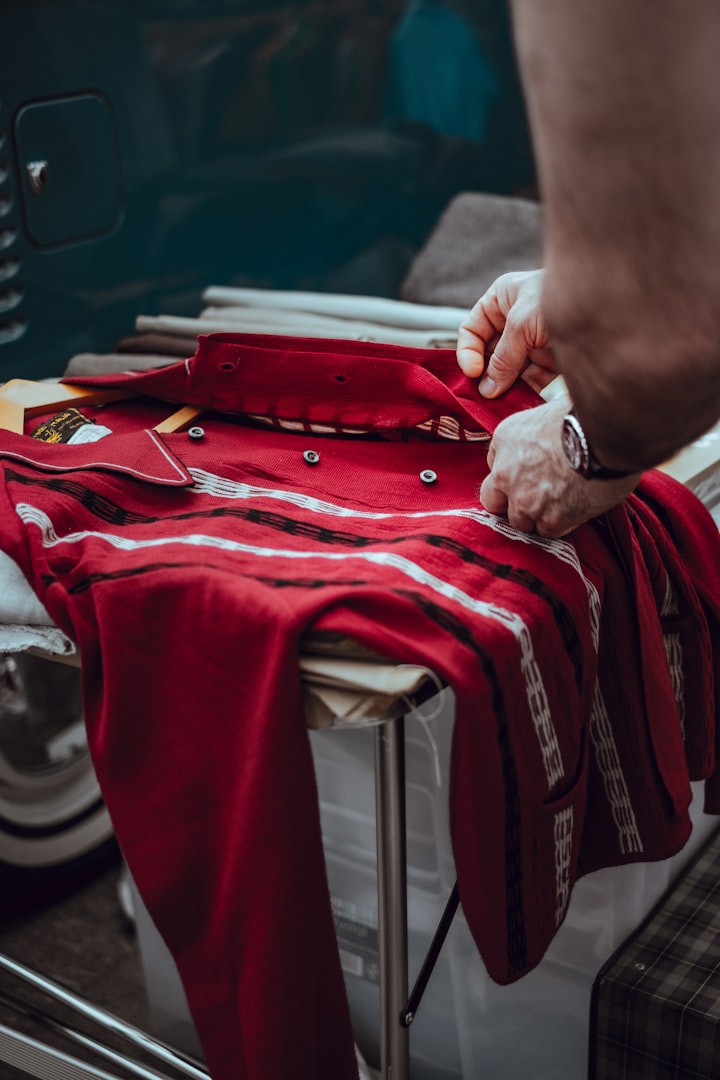What Is Trendless Fashion?

Picture a world without trends.
It sounds weird at first, but really think about it. Consider scrolling through TikTok, and every video you see is completely unique, every sound different, every dance original—and everyone is posting content that they truly enjoy rather than participating in a trend just for the sake of it. We know the term “trends” mostly in the context of social media but it is also a big part of clothing culture. Now, imagine a world without clothing trends. Maybe you have a knee-jerk reaction—Wouldn’t that be boring? Wouldn’t we all just wear the same thing, all the time? But that’s not what a lack of trends would mean. Trendless fashion is the same as a trendless TikTok: everyone would wear something completely unique that truly aligns with their personal style, rather than something that matches that month’s trend.
When you think about it that way, trendless clothing sounds pretty freeing and expressive. But it often gets a bad reputation from misunderstandings of what it means and what it would do for the fashion industry. So, let’s clear up a few questions about this movement. What is trendless fashion, really? Why are people advocating for it? Where does it fit in the ever-changing fashion industry? And how can you get involved in the movement?
What:
What is trendless fashion?
Trendless fashion, sometimes referred to as seasonless fashion, describes a growing sector of apparel that is designed to have a longer lifespan than the length of the average clothing trend. It is hoping to combat consumers’ habit of buying some wildly popular item, and throwing it away as soon as the trend is over. In the age of fast fashion, where new clothing can be acquired quickly and cheaply, there is little incentive to keep something in your closet that is no longer on trend.
Trendless fashion is an umbrella term for clothing that transcends this cycle of waste—clothes that will make you feel cute and comfortable for years, that are hard to get tired of, and that you will want to keep around. While some brands attempt to define it as a certain style of clothing, it can also be thought of as an ideology. It is a way to change how we think about clothing consumption and buy what we enjoy wearing long term rather than what is popular at the moment.
Why:
Why is it a thing?
In the last two decades, textile waste and fashion-related carbon emissions have skyrocketed. Consumers are buying more clothes than ever, but wearing them significantly fewer times than they would have 15 years ago. Part of this is due to the industry’s obsession with trends. In order to keep up with the ins and outs of fashion, consumers buy from cheap fast fashion brands, wear the clothing as long as the trend lasts, and then get rid of it. Most clothing sourced from these fast fashion labels is low quality, and gets sent to the landfill because it’s too worn to be passed on.
Trendless fashion targets the root of this problem: the obsession with trends itself. The natural human drive towards fitting in causes us to stick to what’s popular as much as we can, but with the trendless fashion movement, more and more consumers are moving to express their personal, unique, and timeless style. Buying clothes that you identify with and know you will wear for the garment’s full lifetime can slow the cycle of waste that the fashion industry is currently trapped in.
Where:
Where does this all fit in to the fashion industry?
It’s a tough question, given how massive the industry is. On top of the fashion pyramid lies runway fashion, where one-of-a-kind pieces are displayed in four different categories: Spring/Summer, Fall/Winter, Resort, and Pre-Fall. Each of these seasons is marked on the fashion aficionado’s calendar by shows in Milan, Paris, New York, and London. Once these shows take place, brands further down the pyramid scramble to pick out their favorite themes and motifs in the top-level designs and create a more affordable clothing line out of it. Because of this trickle-down effect, most brands end up having very distinct collections that align with certain trends seen on the runway. Then, when one particular item gets picked up on social media, the trend grows into full force until every brand throughout the pyramid is following suit to keep up with the wave of incoming consumers.
It’s clear that trendless fashion doesn’t really fit into this process. The fashion industry ebbs and flows with the coming and going of trends. Trendless fashion would just remain consistent throughout this movement. After runway shows, trendless designers would pick the most classic, reliably unique motifs and run with those. The hope is that the styles they pick will blend together to be interesting and expressive, but not so unusual that people will grow tired of it.
It can be a tricky line to walk, which is why the framing of trendless fashion as an ideology works so well. When brands start producing the new trend, a consumer aiming to buy something trendless would consciously pick what items align most with them, rather than what aligns most with what they are seeing on social media. This way of looking at it leaves the decision of what style counts as “trendless” up to the individual, and places some accountability on them to fill their closet with long-lasting clothes.
How:
How do I get involved?
Getting involved in the trendless fashion movement is easy—you probably already have without realizing it. If you see an item in a shop that you know fits your personal style, and you can see yourself wearing it for a long time, then you have just found yourself a piece of trendless fashion. It’s less about what clothing you buy and more about what you do with it. For example, the recent trend of cow print prompted a lot of people to buy clothing that in just a few months might seem goofy to them. However, if you are and always have been a cow print lover and your closet is full of it, then you aren’t following the trend—you are participating in trendless fashion that suits your style.




